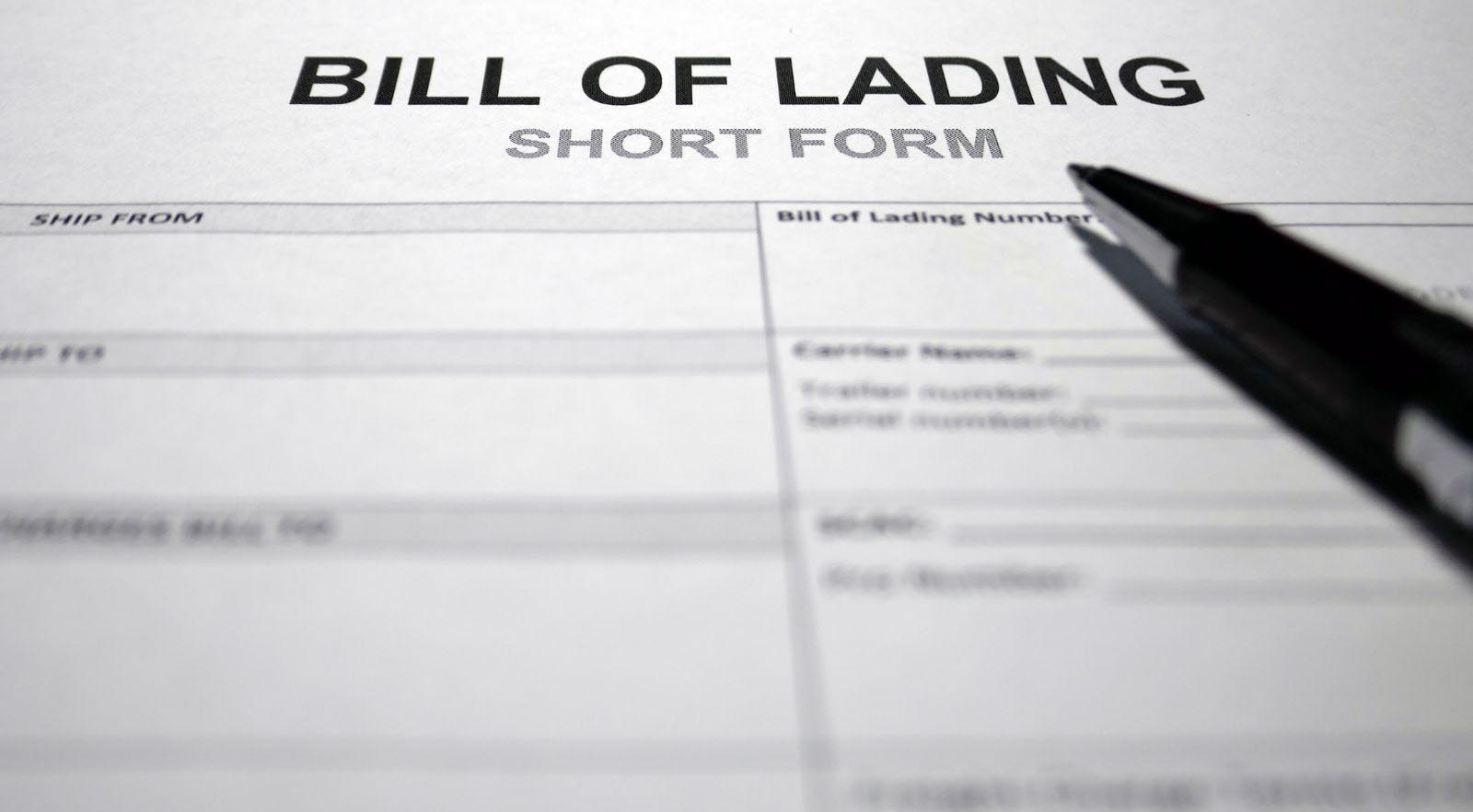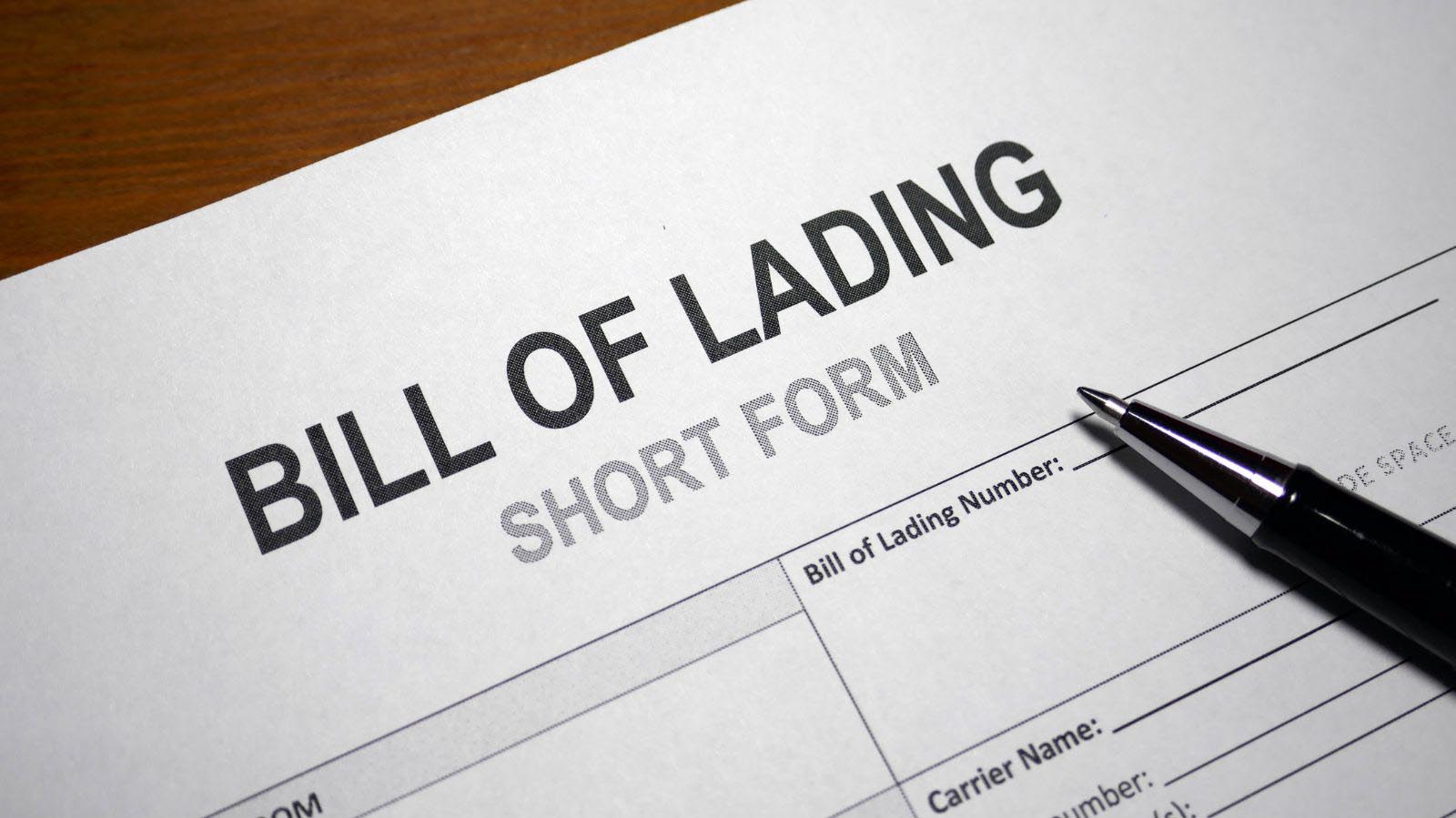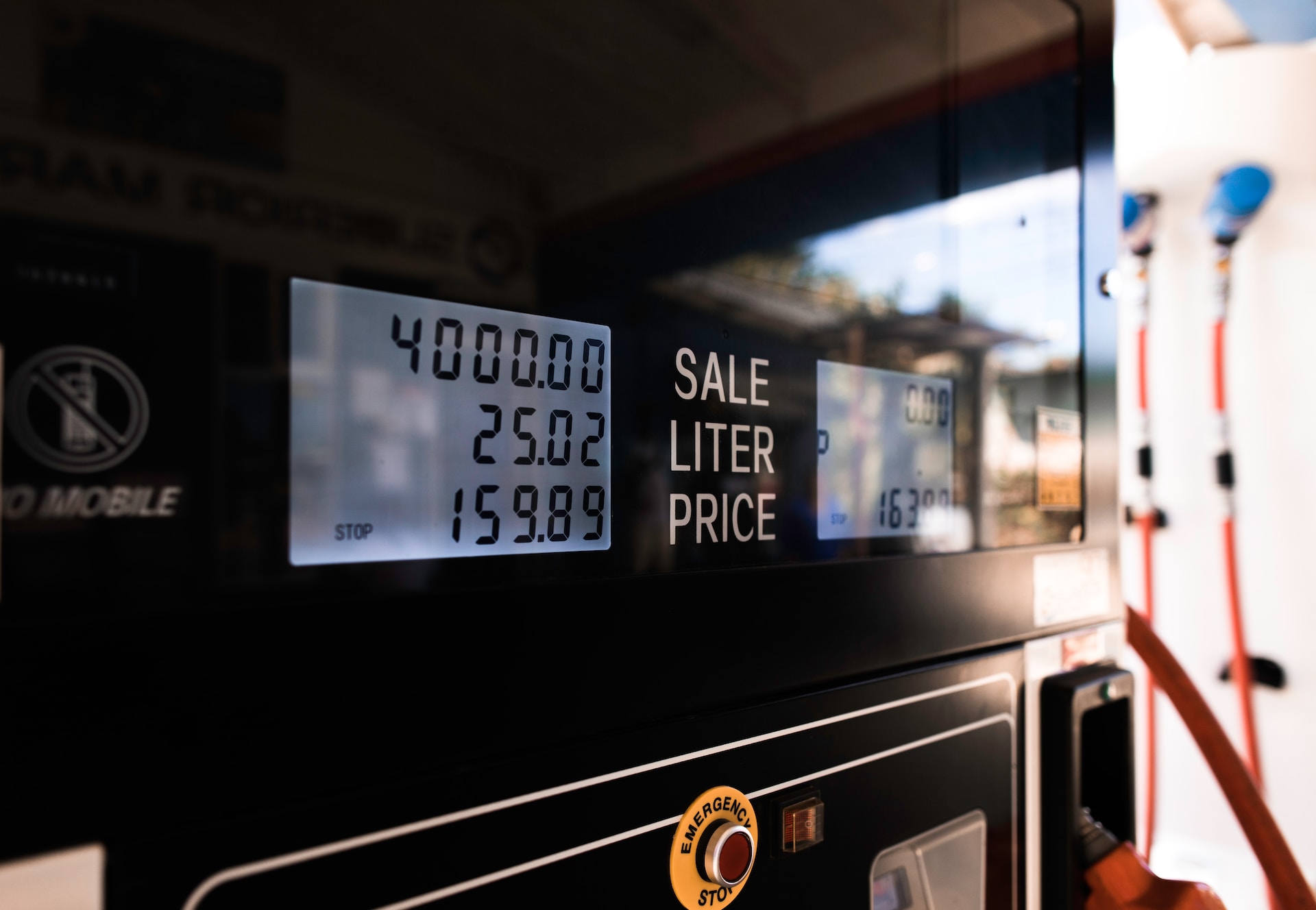There are a few documents involved when you want to ship a car. Bill of lading (Bol or BL) is one document that plays a massive role in the shipping process. It is a legal document provided by the carrier to the shipper. It indicates the type of item you are shipping, the quantity, and the destination. It also works as a receipt when the carrier takes the shipment to its destination.
The Auto Transport Bill of Lading is a document used in the transportation of vehicles by auto carriers. It is essentially a receipt for the shipment of a car, outlining the terms and conditions of the transportation agreement between the shipper and the carrier. Read on to understand more about this document and what makes it essential.

The Auto Transport Bill of Lading is a legal document that is a contract between the carriers. It shows the terms and conditions of the transportation agreement, including the pickup and delivery locations, the type of vehicle being transported, and the agreed-upon price for the service.
These are the three main functions of BoL:
- It acts as a receipt to confirm that the shipment has been loaded onto the vehicle.
- It provides ownership of the products and offers details of the person receiving the shipment.
- It provides evidence of the carriage and the contract terms and sometimes mentions the shipment’s condition.

In most cases, a BoL contains the following details:
- The transportation method could be through air, rail, or road.
- The destination
- The driver’s and the shipping company’s details
- General vehicle information: It identifies if the car is an SUV or truck, its make and model, and more details regarding the shipment.
- The details of the carrier, the shipper, and the consignee
- The shipment terms
- The shipment description includes classification, weight, dimension, and other details.
- Port of landing and destination port
- The loading date

There are different types of bills of lading, but these are the most common ones:
This document indicates no loss or damage to the goods during transportation. It is only provided after a thorough shipment inspection, ensuring nothing is missing or damaged. If there are any defects, missing goods, or damages, the company notes that in a foul bill.
It is a contract signed between the shipping company and the transportation firm when items are transported over land. It mainly covers transportation through rail, inland waterway, or road.
It helps transport goods to the named consignee and does not contain words about its transferability. These lading bills help avoid late arrival documentation once the shipment gets to the owner. Therefore, it is a vital document where the owner dies not plan on transferring the title of the products during carriage.
The Auto Transport Bill of Lading is an essential document in the transportation of vehicles, as it serves as proof of the agreement between the shipper and carrier. It ensures that both parties are aware of the terms and conditions of the transportation, and it can be used as evidence in the event of a dispute or legal issue.
The carrier is typically responsible for completing the Auto Transport Bill of Lading as they transport the vehicle. However, the shipper should review the document carefully and ensure all the information is correct before signing it.

A Bill of Lading is an ideal document for the transportation of vehicles by auto carriers. It indicates the terms and conditions of the transportation agreement between the shipper and carrier and serves as proof of the contract. We are here to handle your concerns regarding the auto transport Bill of Lading. Addressing them with the carrier before the vehicle is transported is essential.
Both parties do! Each bill of lading must have a copy of the owner’s car. Sometimes, there might be an additional document for the car broker or insurance company. It helps to have both parties compare the document after the vehicle gets to its destination.
If there are any issues or discrepancies with the Auto Transport Bill of Lading, it is essential to address them with the carrier as soon as possible. Any changes or corrections to the document should be agreed upon by both parties and documented in writing.
An invoice indicates the amount of the sale of products between the seller and the buyer. In contrast, a BoL is a legal document between the shipping company and the carrier that indicates the quantity and goods destination.




